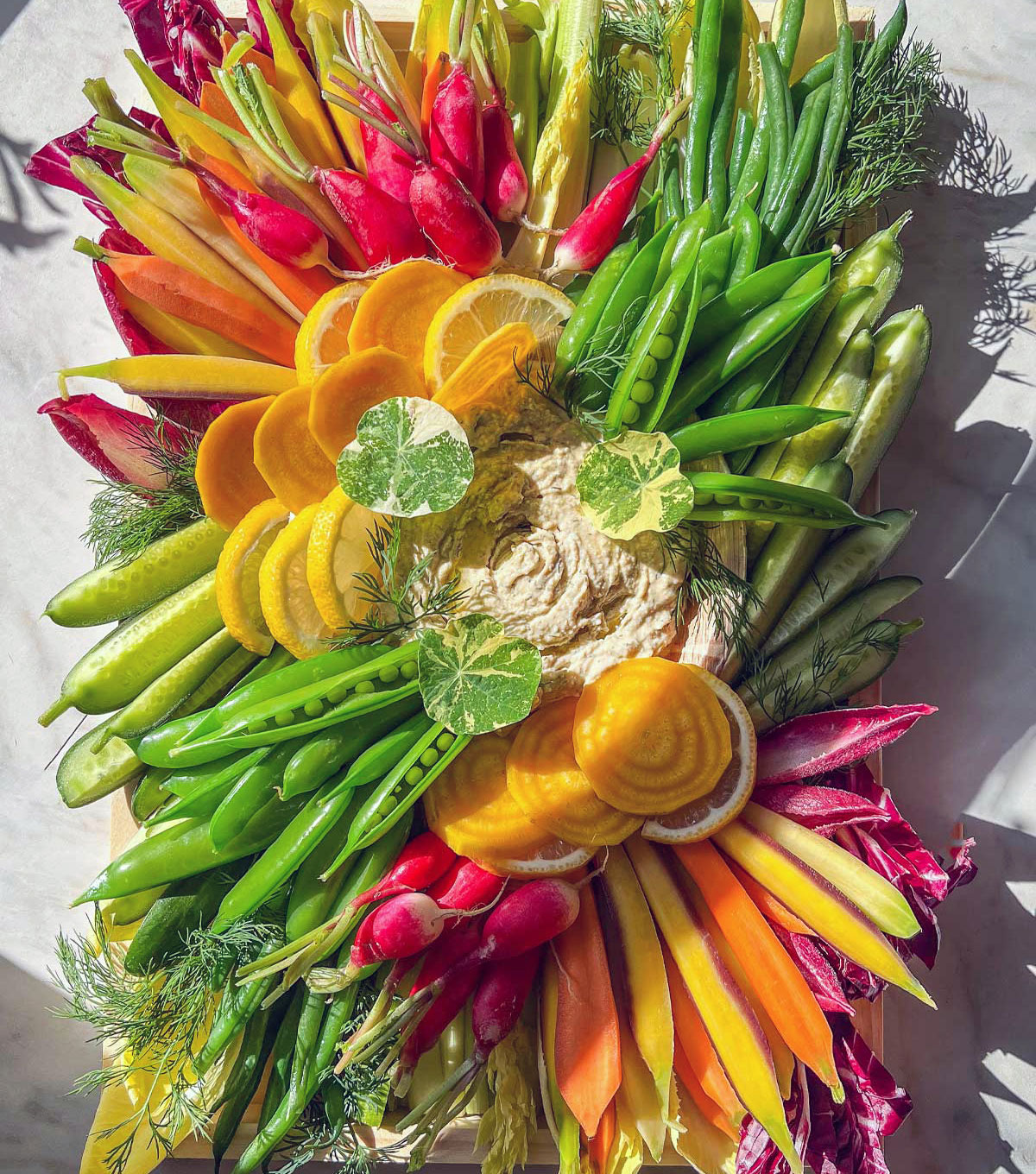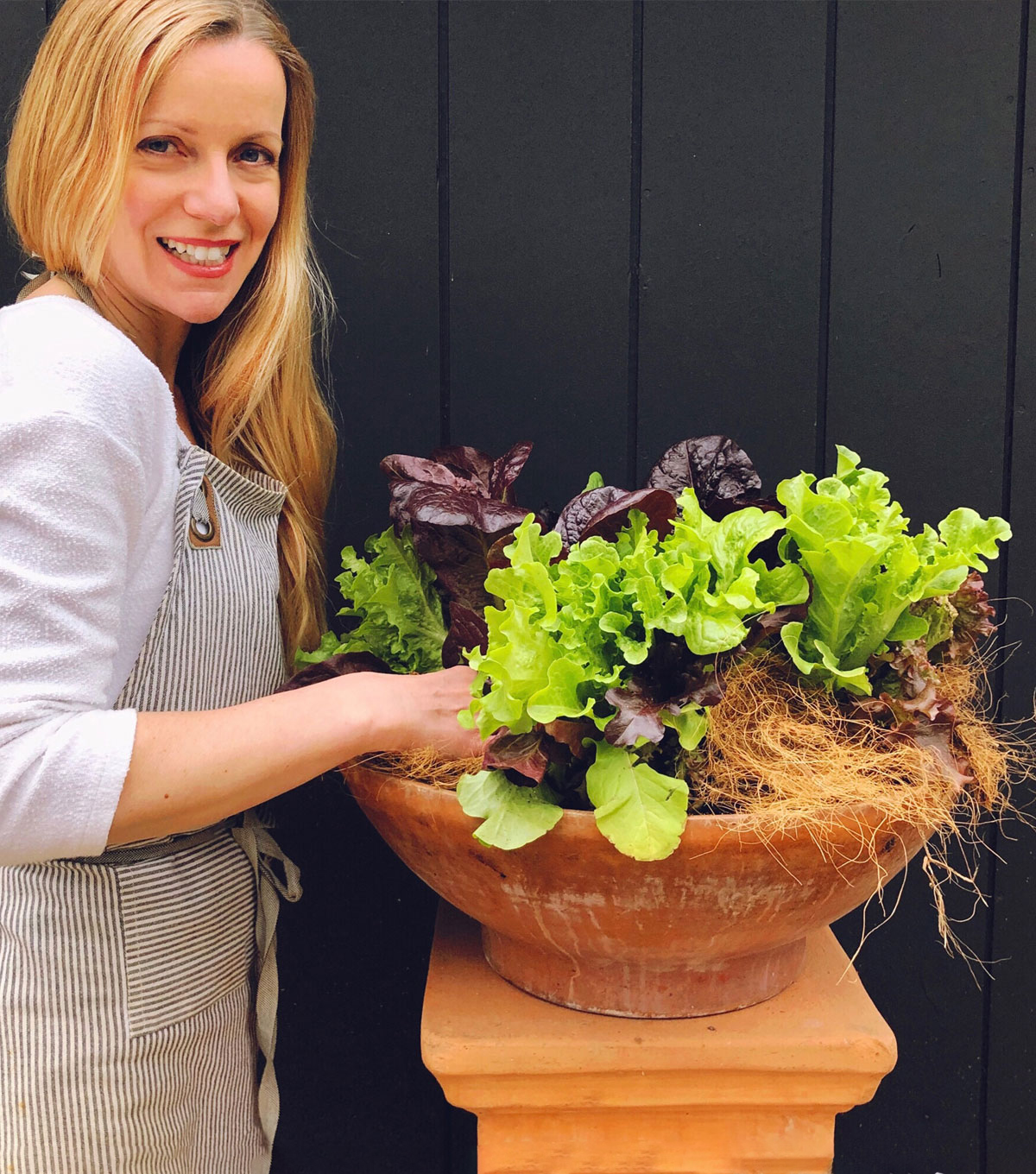Growing Garlic: An Easy, Fall-Planted Culinary Essential

Growing garlic is one of the easiest and most rewarding vegetables that I have grown. This kitchen staple is simple to plant and care for. Growing garlic requires little thought or maintenance to yield a bountiful supply of this delicious, long-lasting culinary essential. It is a fall-planted crop, so if you want to grow it next year, now is the time to order your bulbs. Here are some of my favorite varieties and sources to get you started.
Table of contents

The History Of Garlic
Garlic, Allium sativum, is thought to have originated in India or Egypt around 5,000 years ago and was found in China around 4,000 years ago. The use of this “wild garlic” spread throughout the ancient world. Garlic’s initial use in these early cultures was for medicinal purposes. Garlic was believed to increase strength and stamina. Interestingly, these diverse cultures all came to this conclusion independent of one another. Wild garlic was also used for medicinal purposes by indigenous civilizations in North America.
This wild garlic is not what we know as garlic today. The substantial bulbs we grow today most closely resemble the varieties that were first harvested in Europe around 1,000 years ago.
Garlic Nutrition
Garlic is a low calorie, low carb food which is most commonly used as a spice to enhance other foods. It has been shown to have antibacterial properties and be a source of amino acids and enzymes which support muscle building and gut health. It is thought to help regulate cholesterol and high blood pressure and may help prevent cancer and other chronic illnesses.
The Two Main Types Of Garlic
Garlic falls into two categories, hardneck and softneck. The neck refers to the stalk that forms in the center of the bulb. The hardneck varieties have a stiff stem and send up garlic scapes (my favorite). The softnecks have a looser stem which is made up of leaves – these are what is commonly found at the grocery store. The softnecks are the type which can be braided.
Hardneck garlics are the hardiest varieties and are an excellent choice for the northern gardener. They have more complex flavors than softnecks. Their bulbs tend to have fewer cloves, though these are generally larger and they have the added bonus of sending up garlic scapes which can be harvested in midsummer. Hardneck garlic can generally be stored for 4-6 months. Hardneck varieties fall into these types: Purple Stripe, Marbled Purple Stripe, Glazed Purple Stripe, Rocambole, Porcelain, Creole, Asiatic, Turban, and Middle Eastern. Within these types there are loads of varieties!
Softneck garlics are better for milder climates. They have quicker growth and are ready to harvest sooner than hardnecks. Softneck varieties do not produce garlic scapes but have a longer shelf life – making them an excellent choice for long term storage. They generally can be stored for 10-12 months. If you want to braid your garlic these are the types to grow. Softneck varieties fall into Silverskin and Artichoke, of which there are also many varieties.
Garlic Varieties To Try
Below are some of the varieties that caught my eye based on their growth habits, flavor profiles, storage, and of course, appearance. I am purchasing my seed bulbs from Filaree Farm this year. They are an organic garlic farm in the Pacific Northwest and have an extensive selection, great for the culinary gardener.
Purple Stripe: These are the prettiest garlic, with purple stripes and spots on their skins. They are also very flavorful and easy to peel. They often win competitions for best baked garlic. I suggest *Chesnok Red* from this group which is the best performing, with very large bulbs. It is great baked with a creamy texture.
Marble Purple Stripe: These have a beautiful mottled purple and chestnut-hued easy to peel wrapper – a dream for the kitchen. They are a favorite for roasting. I think “Brown Rose” sounds interesting as it is the first garlic to come up in spring, and is long storing.
Rocambole: This garlic is know for its complex and full flavor. The cloves have loose skins and are easy to peel. I suggest *Spanish Roja* which connoisseurs believe to have a “true garlic flavor”. I also think “Island Rocambole” a new variety sounds interesting. Truthfully, I loved the name – but this variety, found wild in Oregon, has great, vigor, size, and a full flavor.
Porcelain: These varieties produce large bulbs with only 4-7 cloves per bulb. But the cloves can be quite large, you may only need to use one in cooking. Elephant garlic is in this group. Porcelain garlic has a strong heat. “Music” is a bestseller, which is sweet and substantial when baked. I suggest *Georgian Fire* which has a strong taste and heat when raw, it is said to be perfect for salsas and salads, which is what caught my eye.
Silverskin: This garlic is most akin to what you will find at the grocery store. They have a very long storage life. Silverskins are high-yielding softnecks which do well in a number of climates. They are also the type that you can braid. “Silver White” is the most productive Silverskin. I suggest *Nootka Rose* which is a beautifully colored variety with red and mahogany streaking. It is from the San Juan Islands in Washington and is very attractive braided.
Seed Garlic Sources For Growing Garlic
These are some great sources for your seed garlic bulbs. Don’t wait too long to order as they can sell out quickly.
Are you going to grow garlic this year? Let me know below! Are you new to A Cultivated Living? If so, meet me here and be sure to say hello!




Leave a Reply